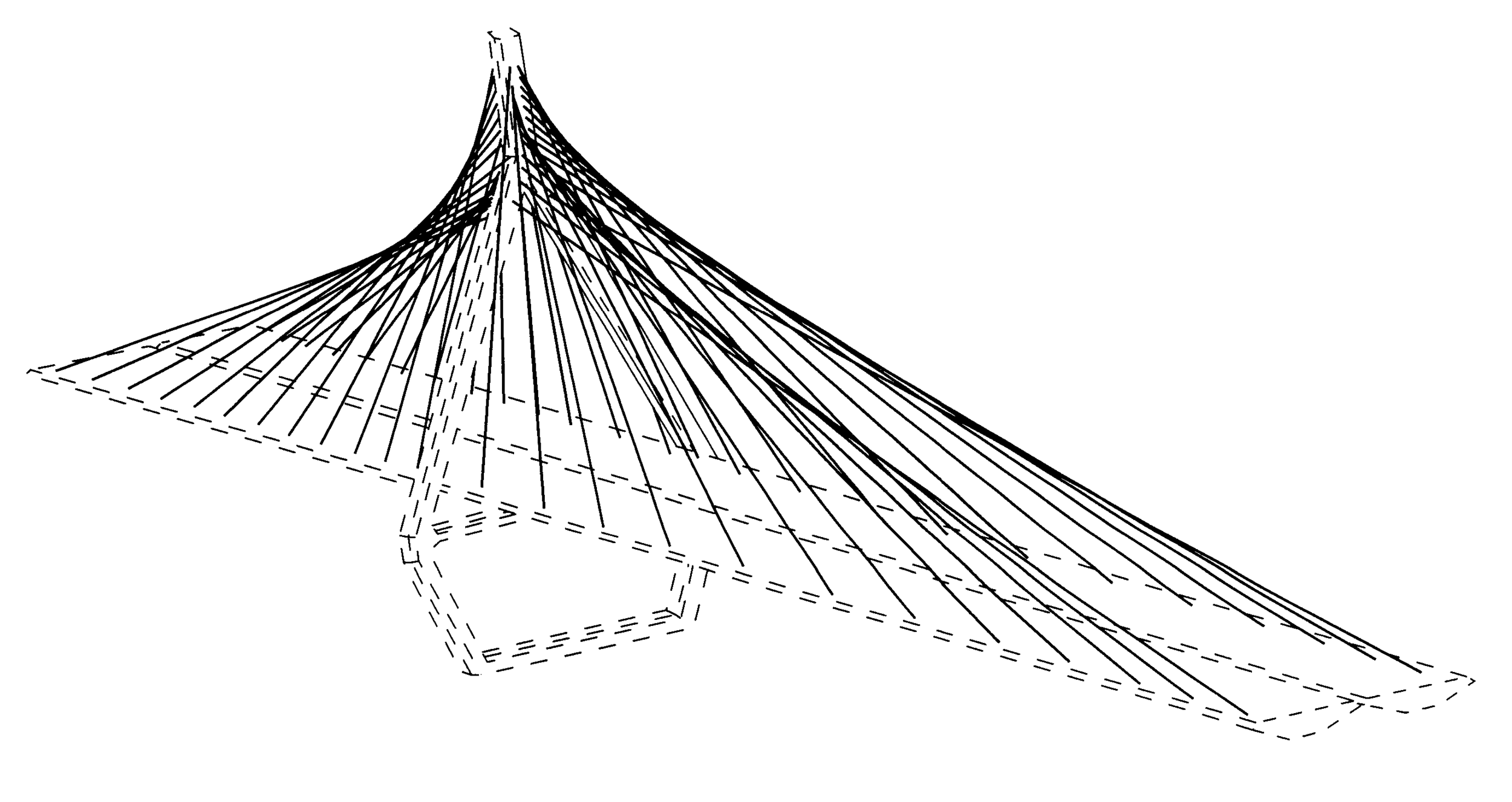What do Contingent Fee Patent Lawyers Look for When Considering Validity During Due Diligence?
As discussed previously in What Makes a Good Contingent Fee Patent Case?, an important factor in considering a contingent fee patent case is the validity of the patents.
Once a patent is issued, it is presumed valid unless proven otherwise by a preponderance of the evidence in court. In reality, the question of validity of an issued patent is never settled and may continue to drag out until well after the patent has expired.
We previously talked about Some of the Many Ways You Can Lose Your Patents or Won't Be Able to Assert Your Rights. However, in the validity phase of the due diligence process, we typically focus on one rule and four main statutes that are most commonly used to try and invalidate patents. They are 35 USC 101, 102, 103, and 112 and 37 CFR 1.56. This breaks down into four different types of invalidity arguments:
Inequitable Conduct Defenses are based on 37 CFR 1.56. Rule 1.56 requires that the applicant and its agents disclose all known relevant art to the USPTO or risk the invalidation of the entire patent portfolio.
Subject Matter Based Defenses are based on 35 USC 101. Section 101 requires that the claims be drawn to patentable subject matter—a "process, machine, manufacture, or composition of matter.” Also, the invention cannot be drawn to an "abstract idea," or it must contain an "inventive concept." See, e.g., Alice Corp. Pty. Ltd. v. CLS Bank Intern., 134 S.Ct. 2347 (2014).
Art-Based Defenses are based on 35 USC Sections 102 and 103. Section 102 requires that the claimed invention be novel—it is a new invention that nobody has previously disclosed. Section 103 requires that the claimed invention be non-obvious—it would not have been obvious to make the invention by a “person of ordinary skill in the art” modifying known technology.
Specification-Based Defenses are based on 35 USC 112. Section 112 requires that the claimed invention be described fully and claimed clearly.
When evaluating a case for a contingent fee representation, a contingent fee lawyer's technical and legal teams internally analyze the validity of the patent in view of the above statutes.
For Inequitable Conduct Defenses, we must look at the inventor's files and the art cited across the portfolio. One tool that can be used to assess the completeness of art citation across a portfolio is a cited art matrix.
For Subject Matter Based Defenses, we must look at the current USPTO guidance and federal circuit case law in conjunction with the asserted claims. Some of the resources used to assess whether a patent will stand up to the subject matter based defenses include the current version of the USPTO's Subject Matter Eligibility Guidance.
For Art Based Defenses, we must look at the closest art cited during the prosecution of the patents as well as any other art that may be found during our due diligence process. Some of the resources used to assess art based defenses include the arguments made in the image file wrapper of each application in the portfolio, an analysis of the known art, and opinions from consulting technical experts.
For Specification Based Defenses, one tool used by experts and lawyers during due diligence to assess the validity of the patent is a specification support chart. During the prosecution, it is a good idea for patent owners to make sure the claims are supported when they are filed. Patent owners should consider producing a specification support chart in parallel with the prosecution of each application.
Validity is likely the most subjective area of a patent case because different people can read different documents to mean different things. During due diligence, we formulate our own opinion on validity based on the information and law available to us. Furthermore, while the legal fiction is that a patent is presumed valid once issued, the standards for validity are continually changing with each Federal Circuit or Supreme Court decision. Thus, it is critical to periodically assess the art and law throughout the prosecution and enforcement of a case.
In subsequent posts, I will discuss each of the above categories of validity considerations and tools that can be used in the due diligence process.






